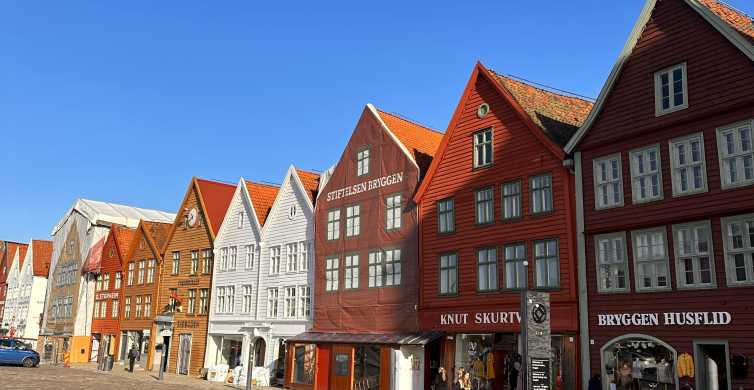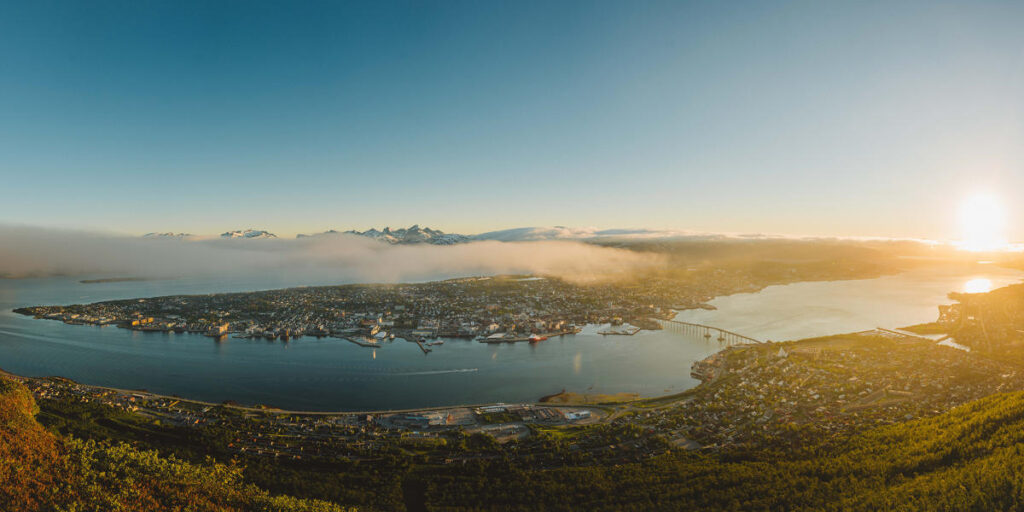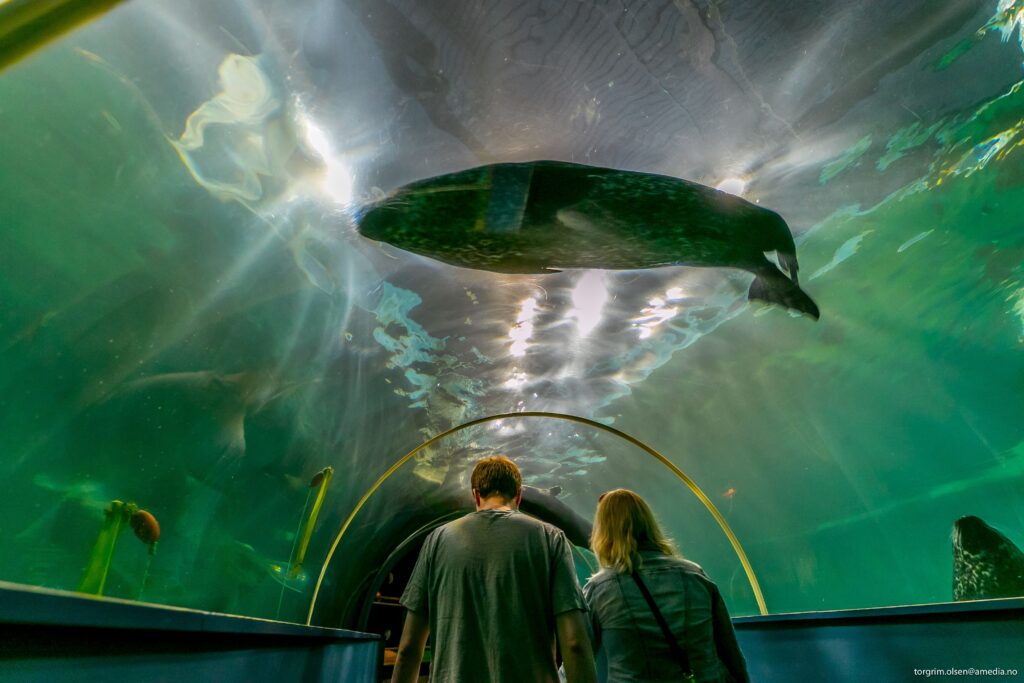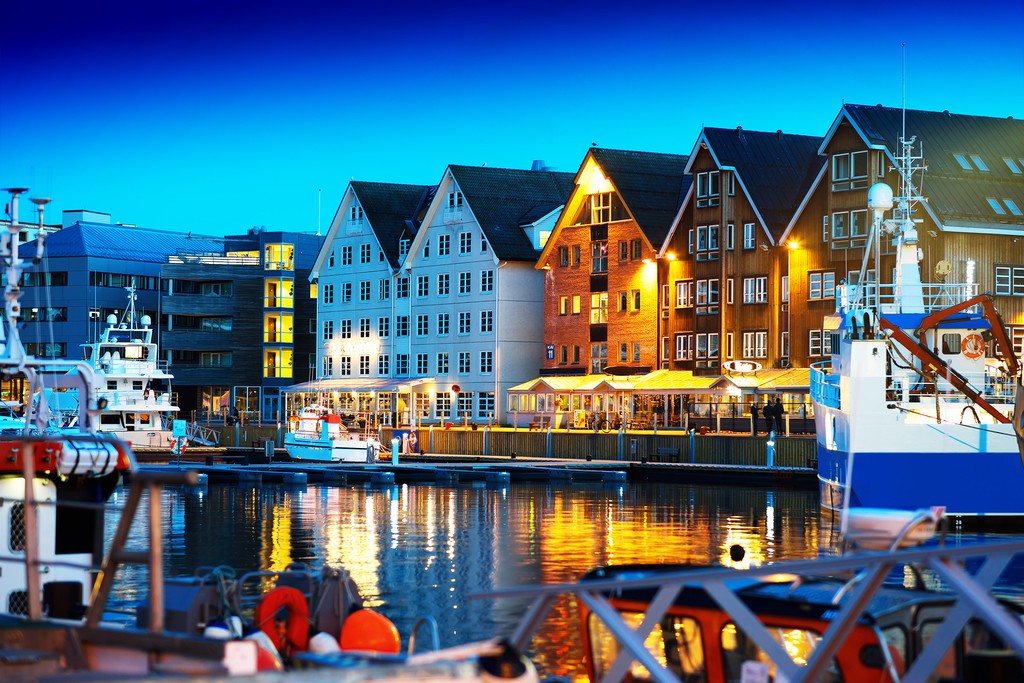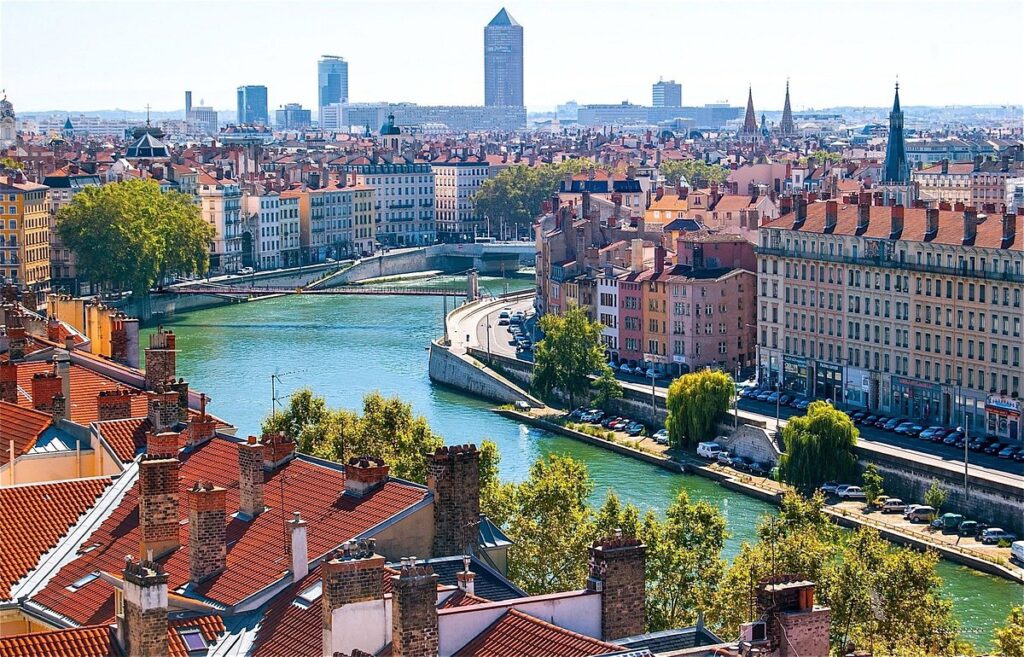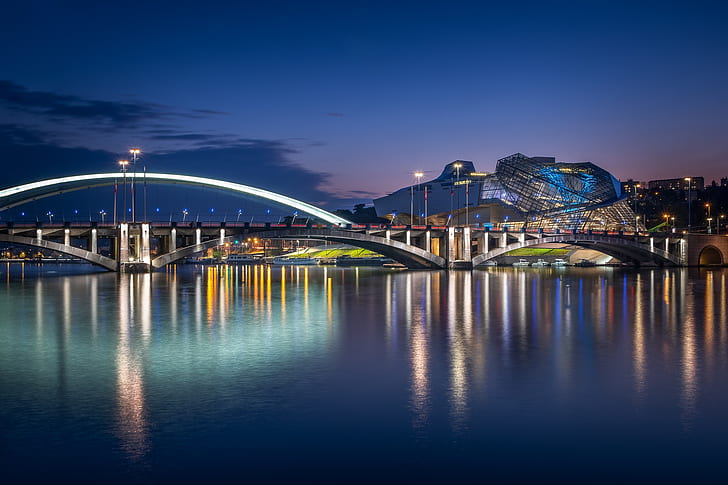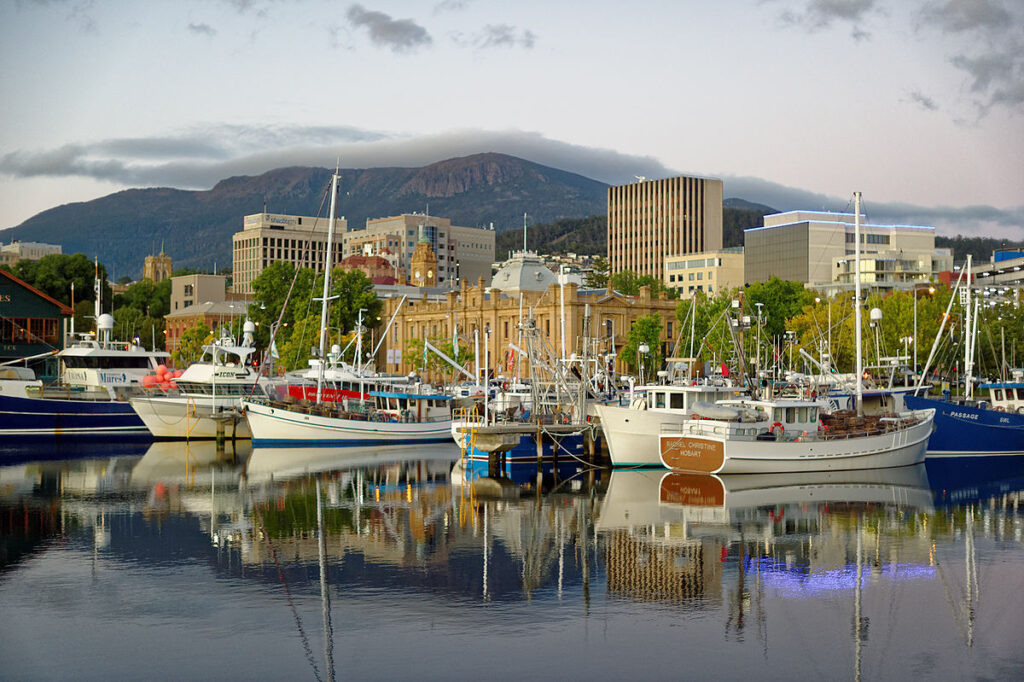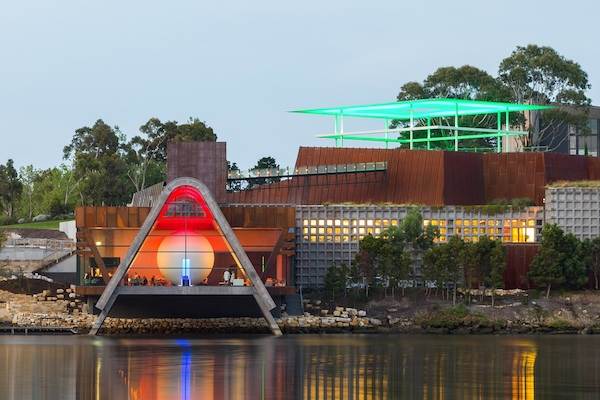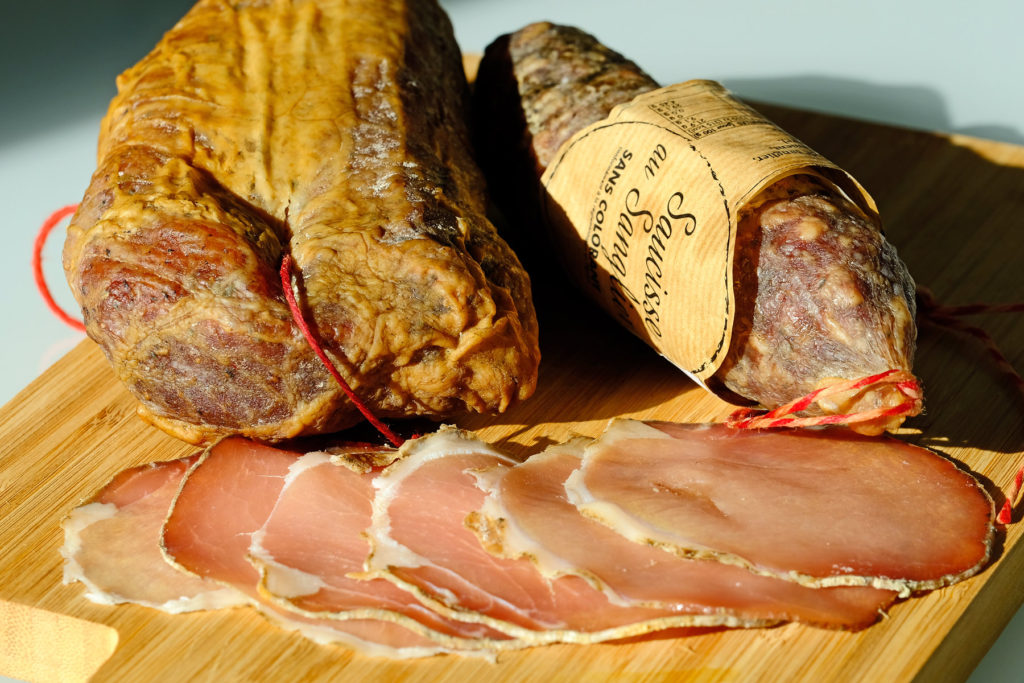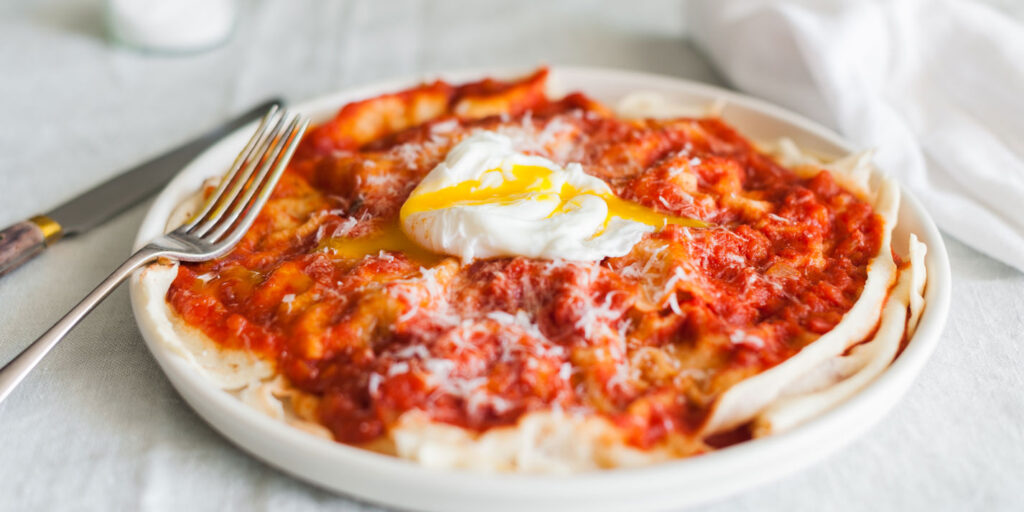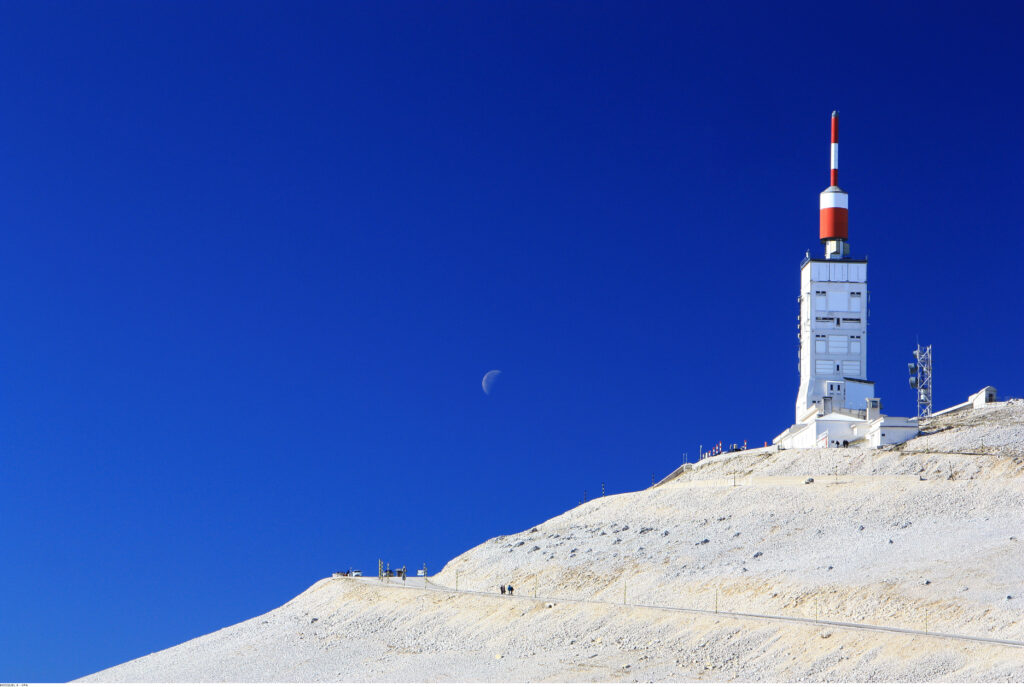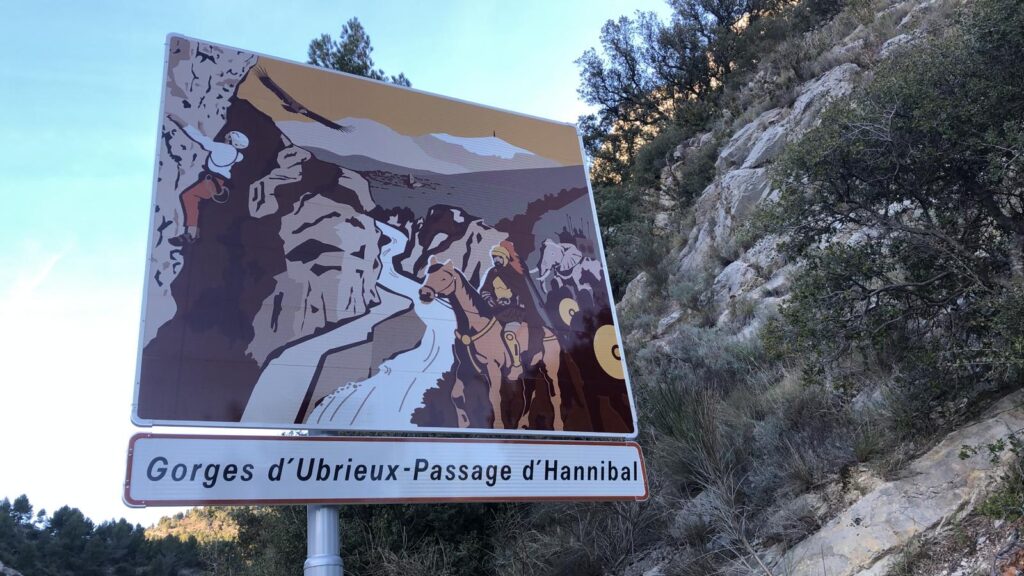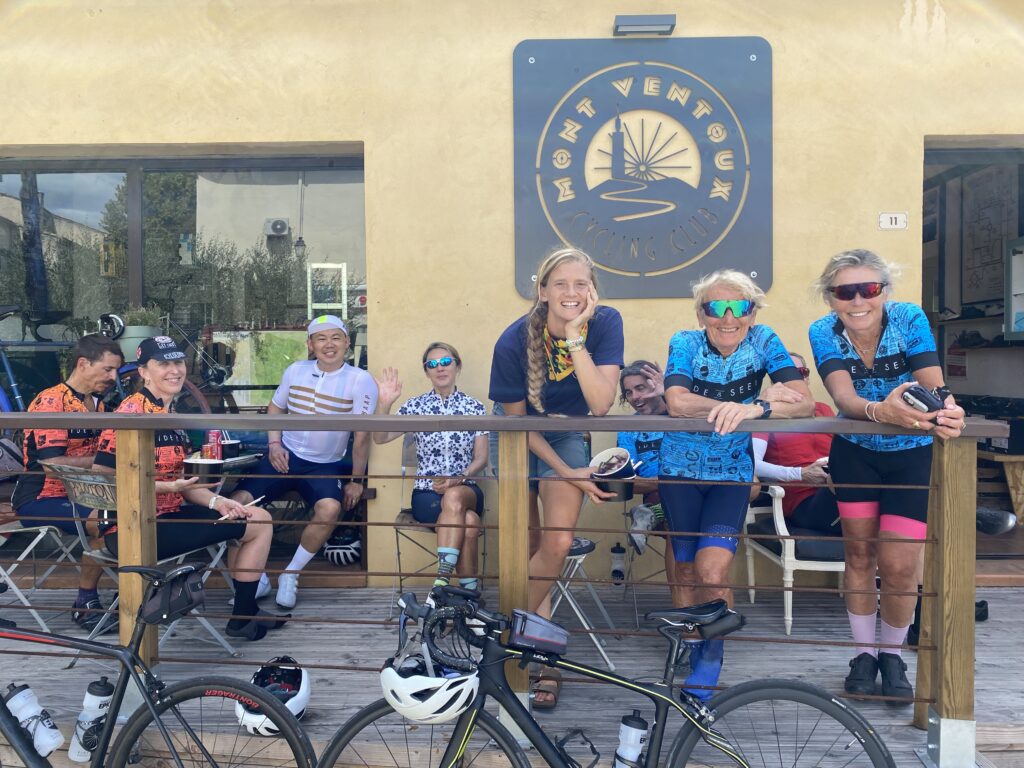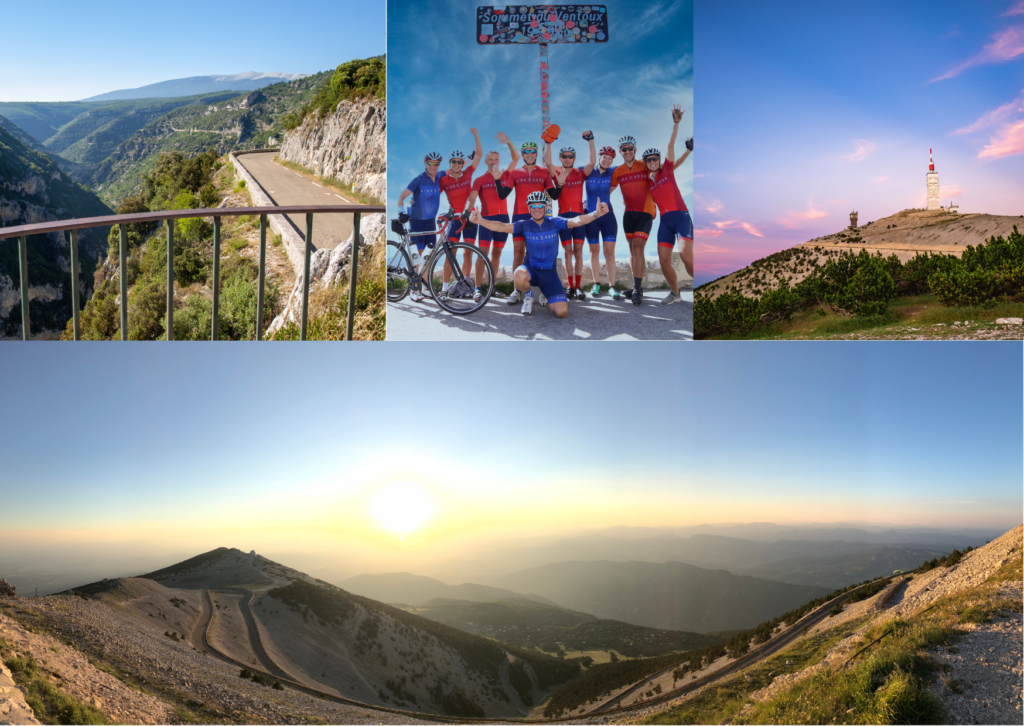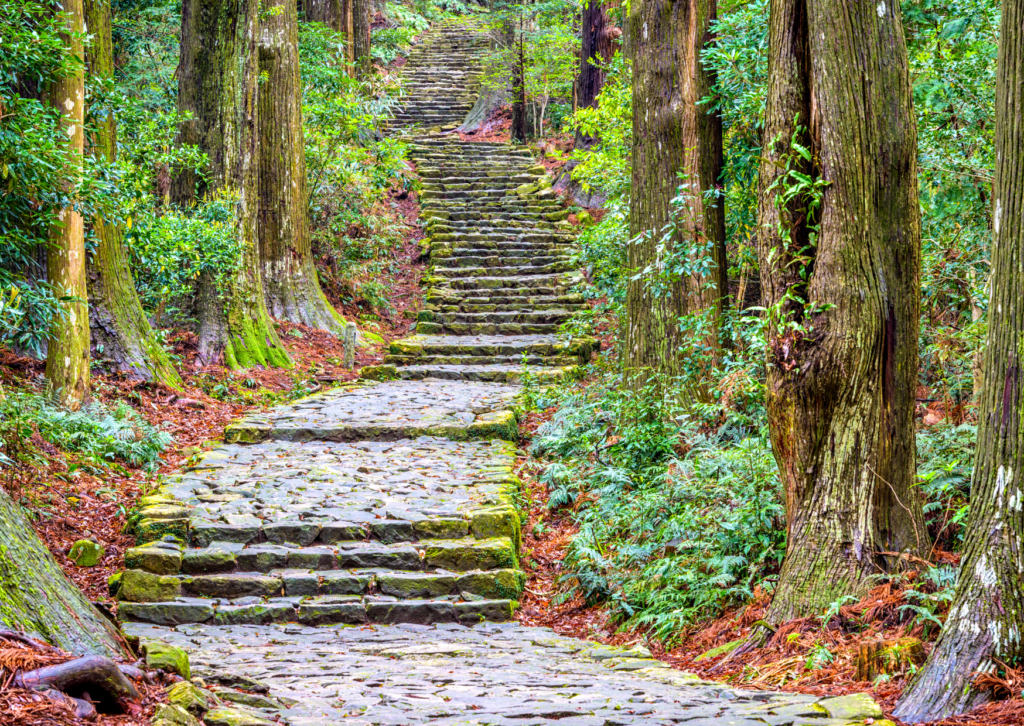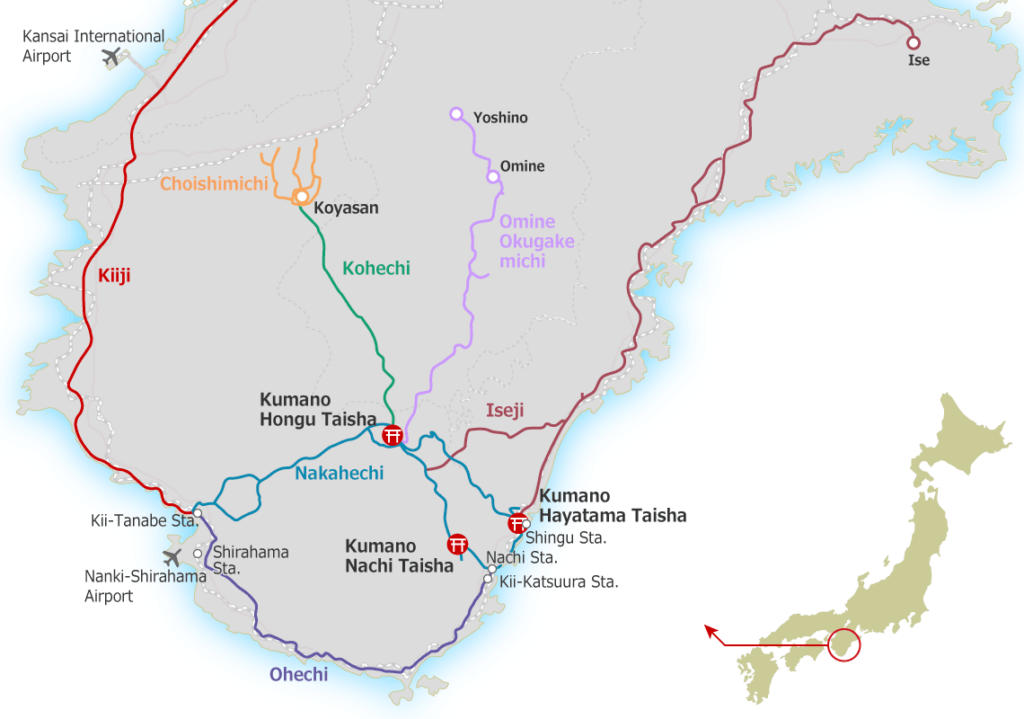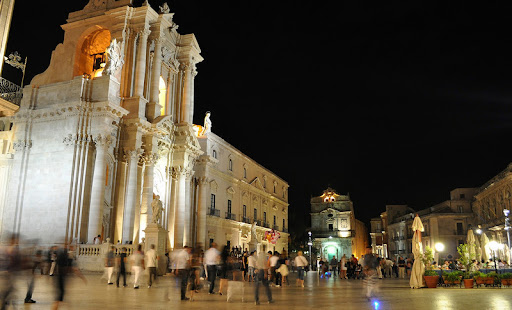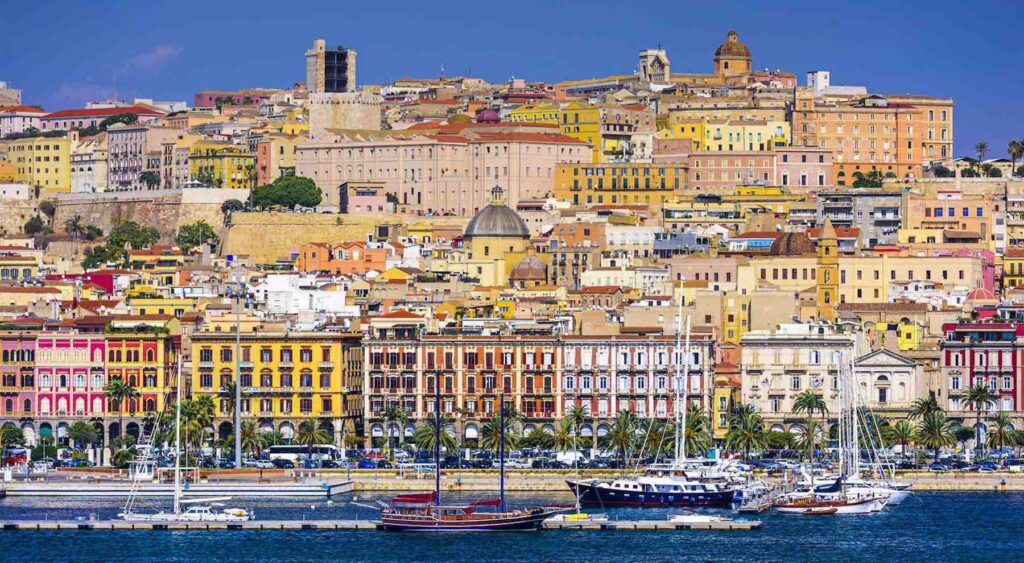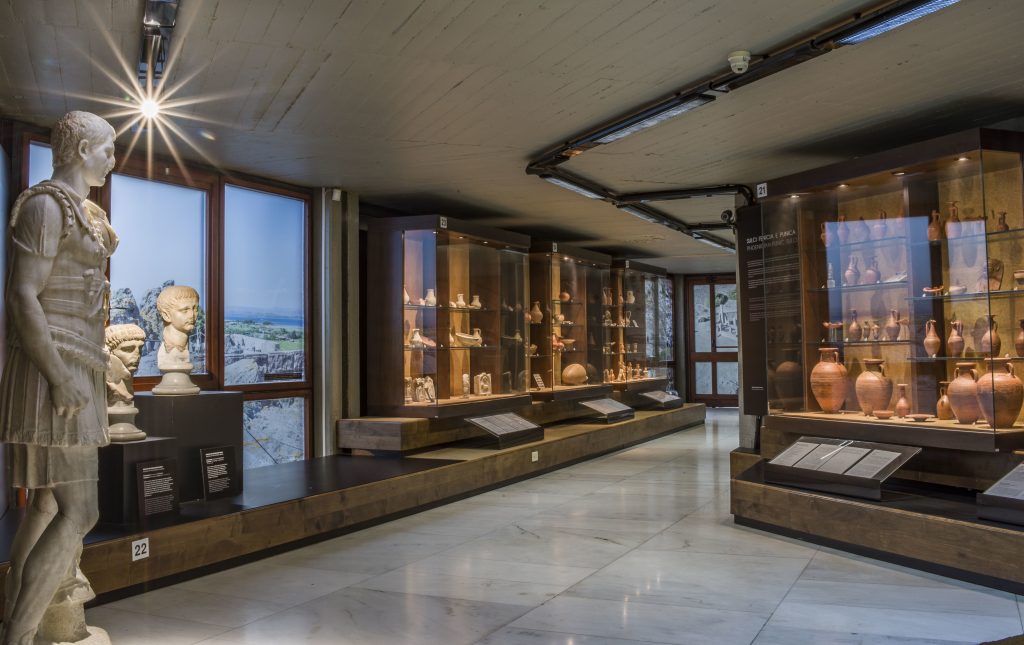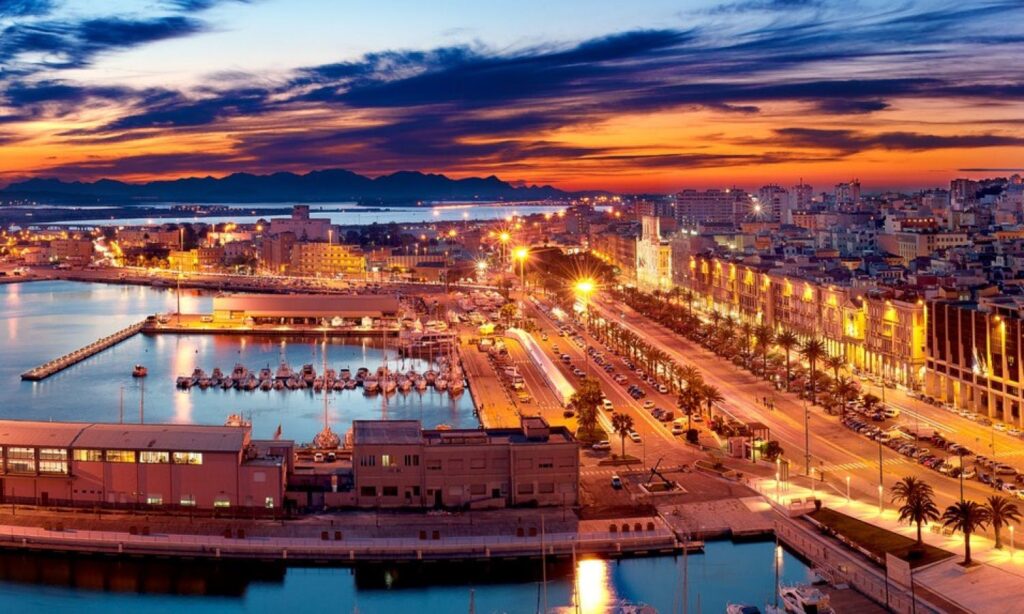Our Strzelecki bike tour draws inspiration from the explorer himself, shaping much of our chosen route. However, since the tour’s inception, we’ve aimed to include more Aboriginal history, deepening the connection to the land’s heritage. With Annemaree Moore on the guide team, we’ve gained invaluable expertise and insight, allowing us to integrate Indigenous stories and perspectives into the journey, enriching each rider’s experience.
Your Ride and Seek Strzelecki journey begins in Sydney, the traditional ancient lands of Dharug Country.
Australia was first inhabited by the First Nations People of Australia around 65,000 years ago, making the Australian Indigenous Culture the world’s oldest continuous living culture.
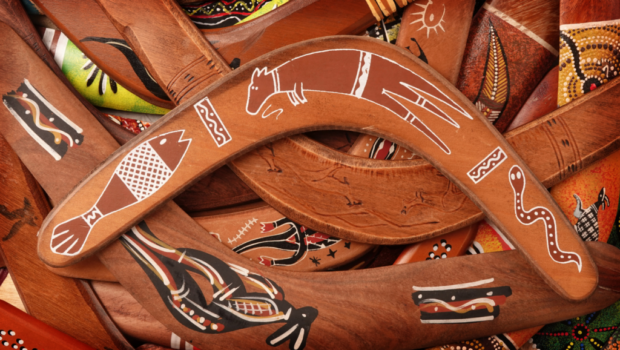
Australia is made up of hundreds of First Nations distinct language-based groups connected to stretches of territory known as ‘Country”, much like modern-day Europe. Important traditional information is passed down and shared through ceremony, art, song, dance, story and cultural objects.
Message sticks were often used to facilitate long-distance communication between different language groups. Message sticks are flat, rounded pieces of wood etched with intricate carvings. They were not comprised of writing but symbols conveying important messages between Aboriginal nations.
Message sticks could be on any topic, but they always demanded respect and acknowledgement. They were often announcements about ceremonies, such as initiations or funerals. They could also establish political partnerships, request resources or emergency assistance, declare war, organise hunting, or trade vital resources.
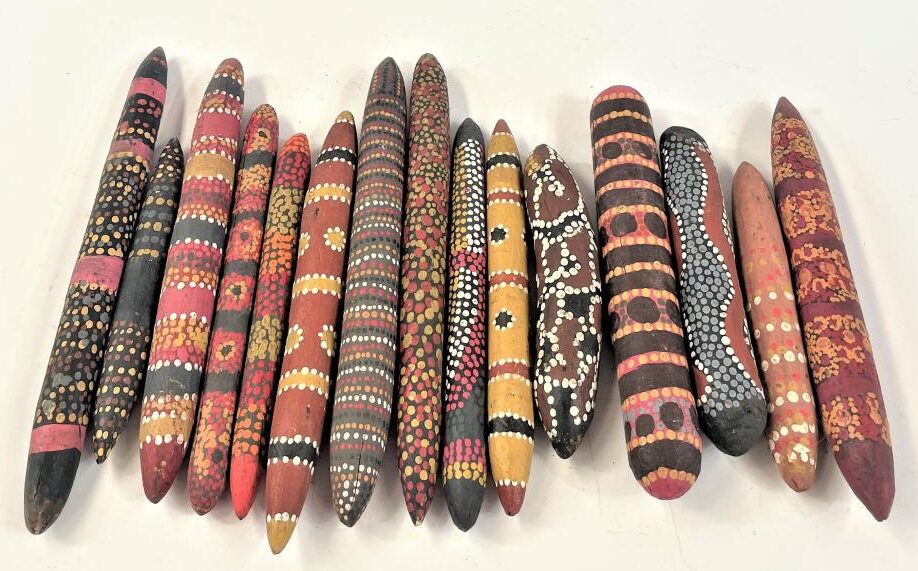
The message sticks were typically carried by messengers who conveyed the details of the markings, and those from other nations were obliged to recognise the carrier as an ambassador, look after them, and guarantee a safe passage into the lands of other nations. This BBC article offers a useful video overview of the significance of message sticks.
There are many First Nations within Australia, and crossing into foreign territory without permission could be punishable by death, but envoys had diplomatic immunity and were given respect. People wishing to enter would be required to wait at the edge of Country for permission, known today as “Welcome to Country” from the recognised Elder.
On the Strzelecki tour, you will be travelling through 13 ancient lands: Stage 1 from Daruk Country to Wiradjuri Country, Stage 2 continuing on to Wurundjeri Country and Stage 3 finishing in Nipaluna Country on the island of Lutruwita.
We look forward to welcoming you to the Strzelecki tour and embarking on this journey of discovery, learning about the Australian First Nations’ perspectives.
Note: First Nations place names and spelling are referenced from the Norman Tindale map.
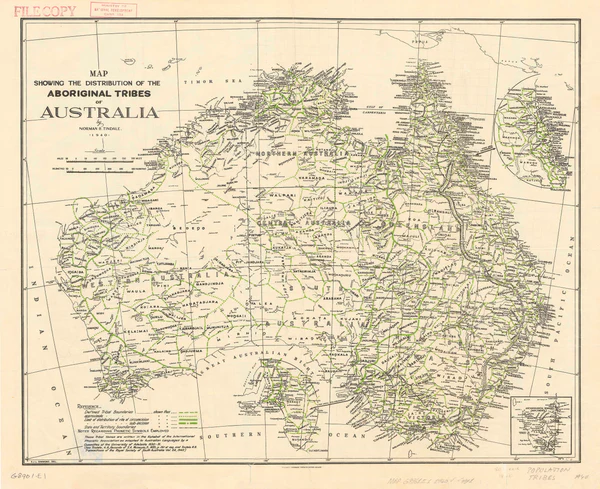

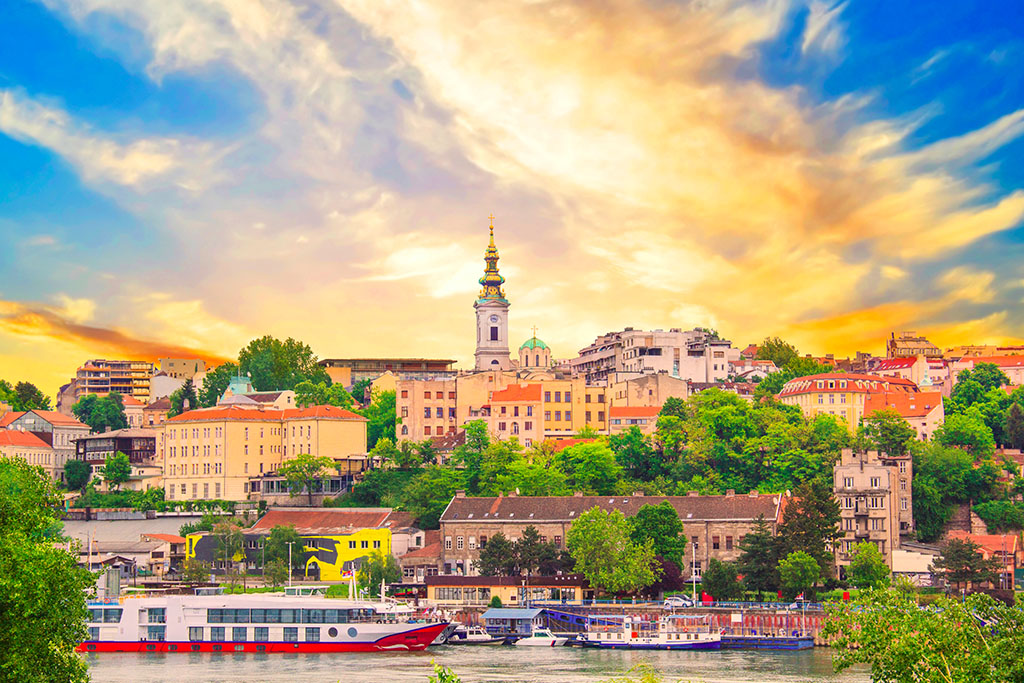
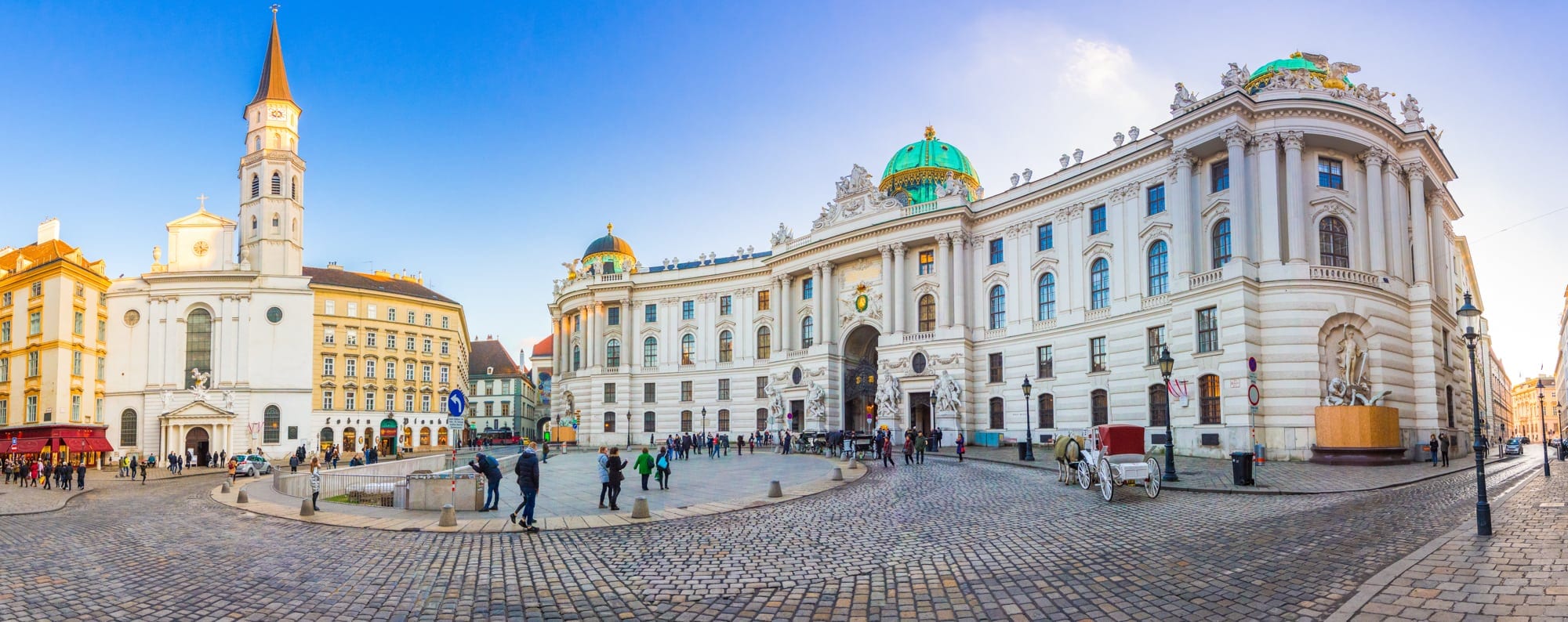
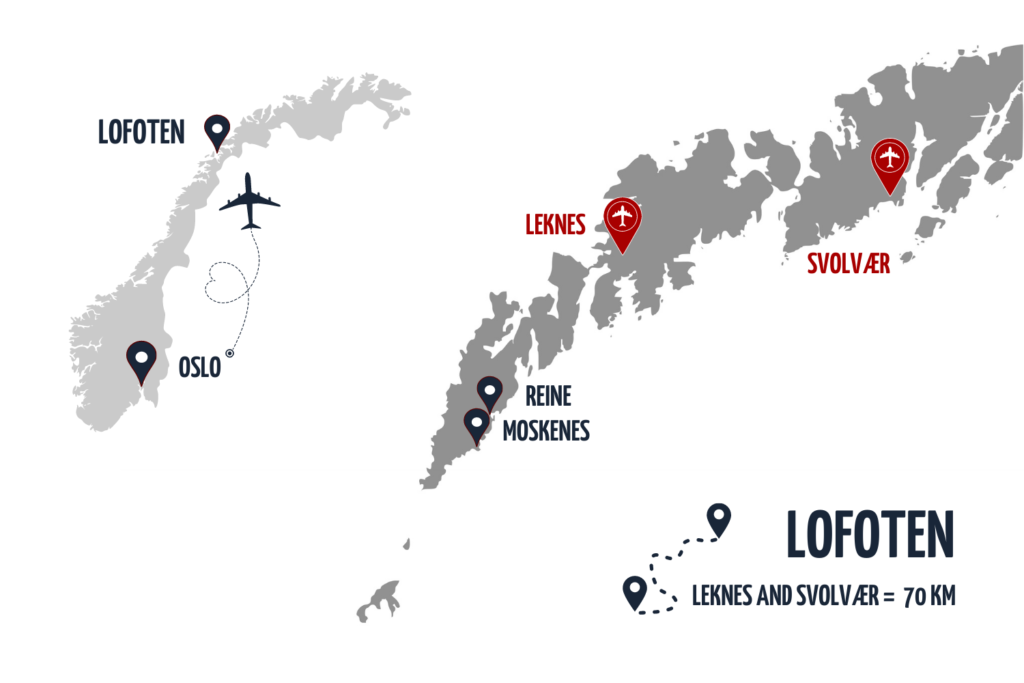
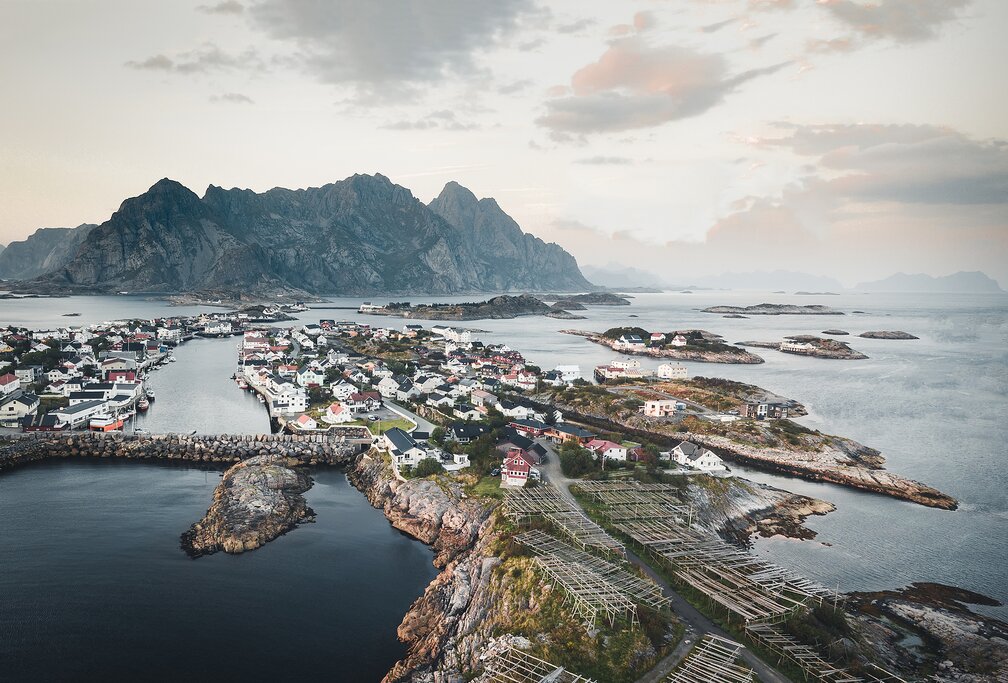
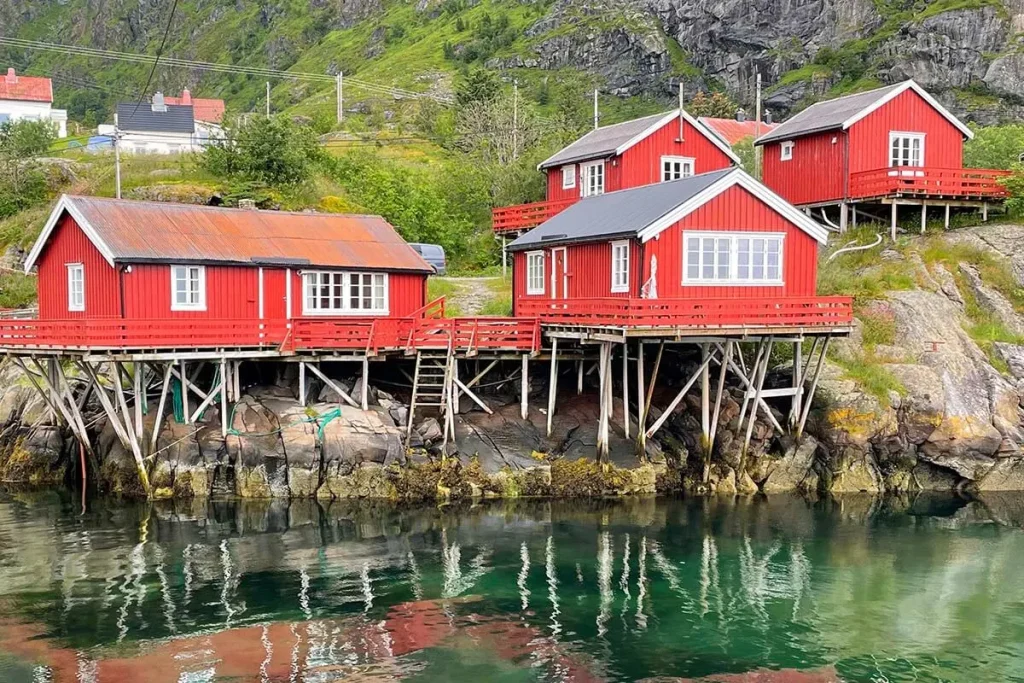
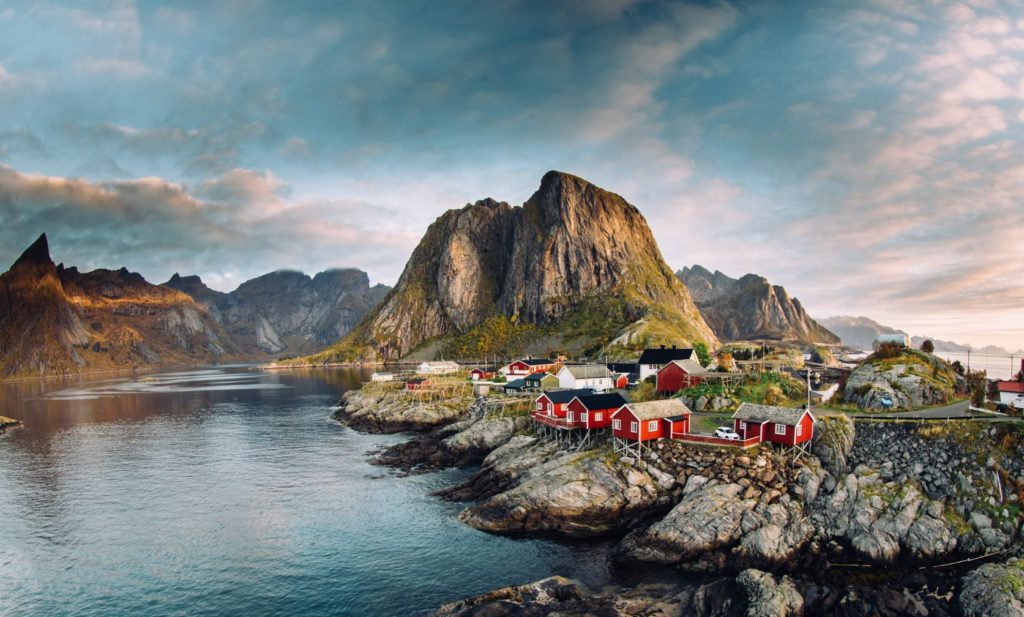
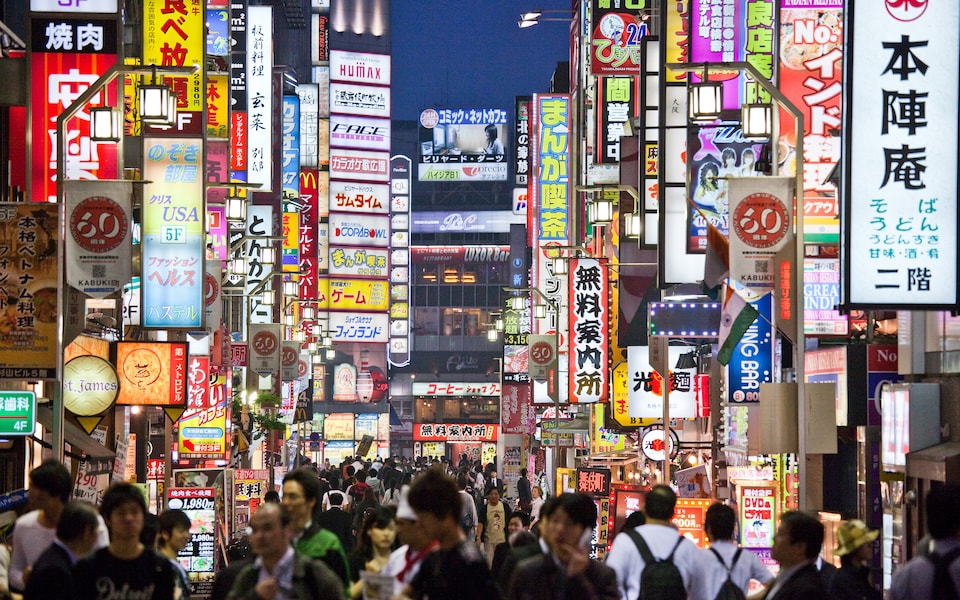
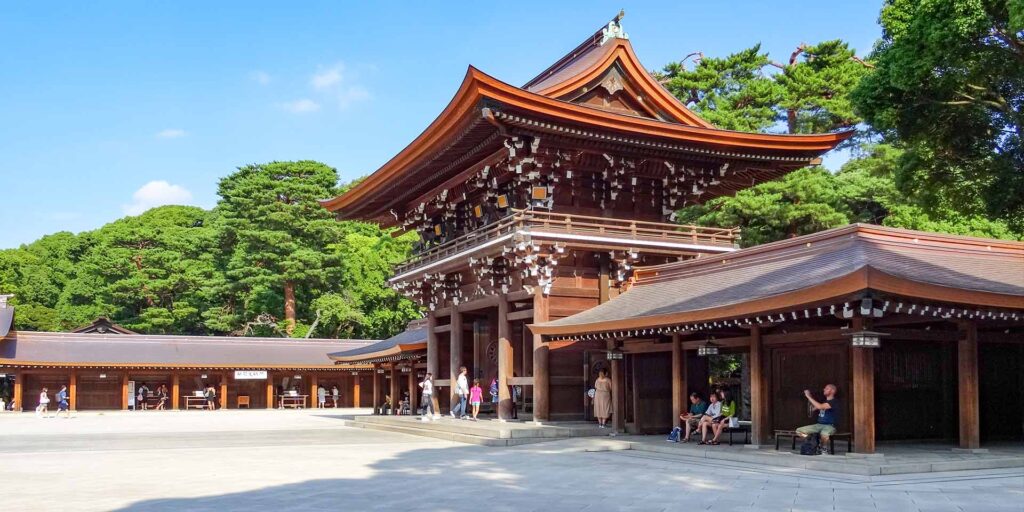
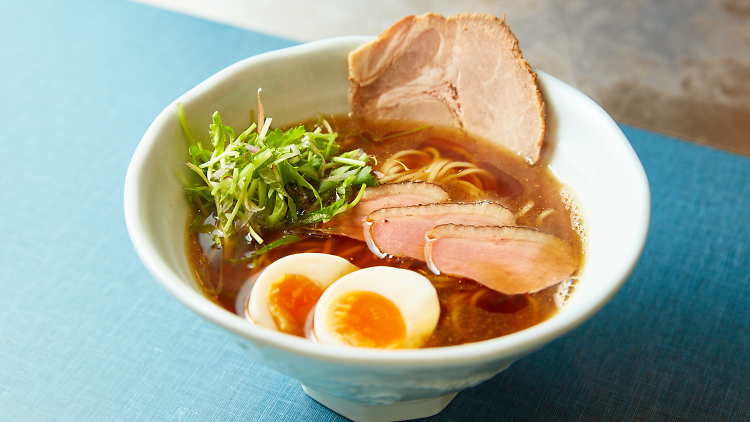
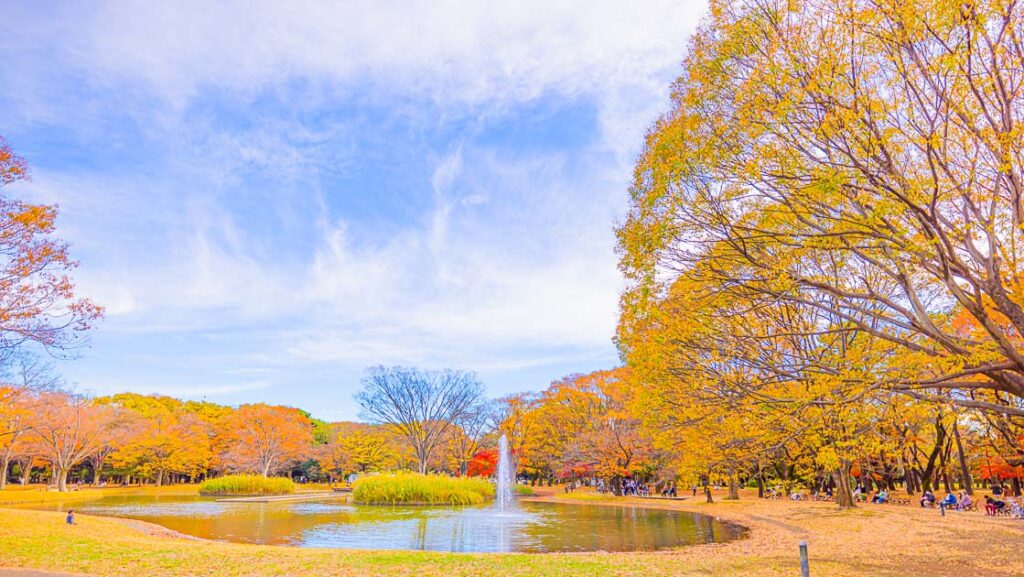
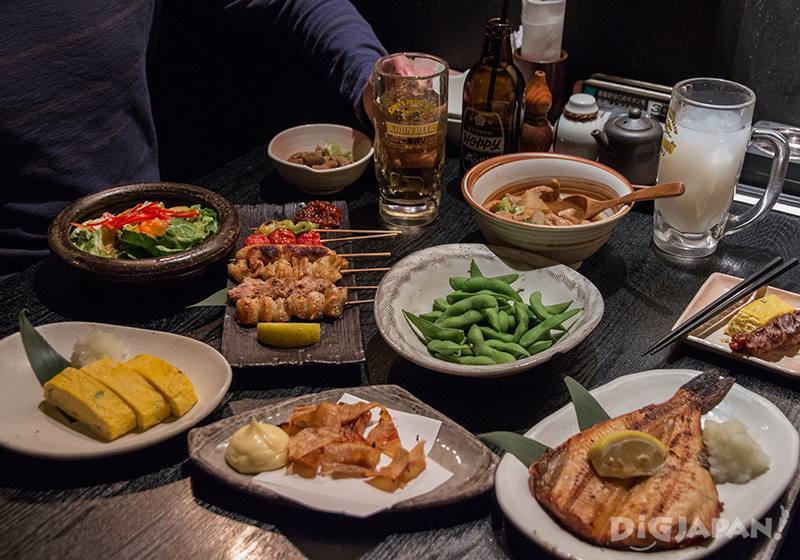
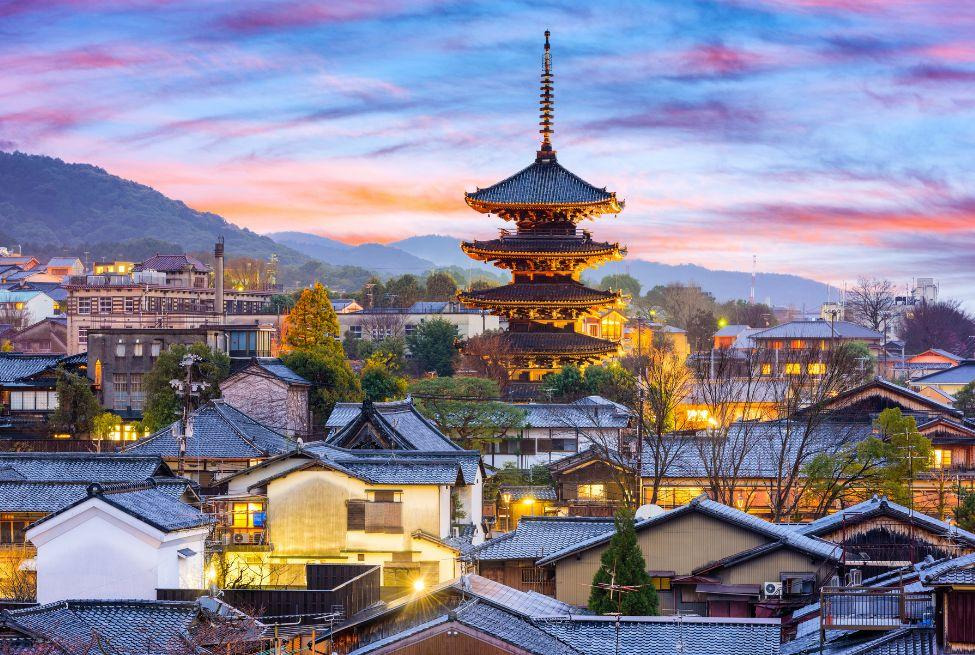 Between the first and second legs of the Samurai tour, we have a wonderful ‘stopover’ in the enchanting city of Kyoto. With its rich blend of history, culture, and natural beauty, it is a wonderful city to visit and explore. The purpose of this blog is to give you some suggestions for making the most of your time there based on the premise of having a single day to explore.
Between the first and second legs of the Samurai tour, we have a wonderful ‘stopover’ in the enchanting city of Kyoto. With its rich blend of history, culture, and natural beauty, it is a wonderful city to visit and explore. The purpose of this blog is to give you some suggestions for making the most of your time there based on the premise of having a single day to explore.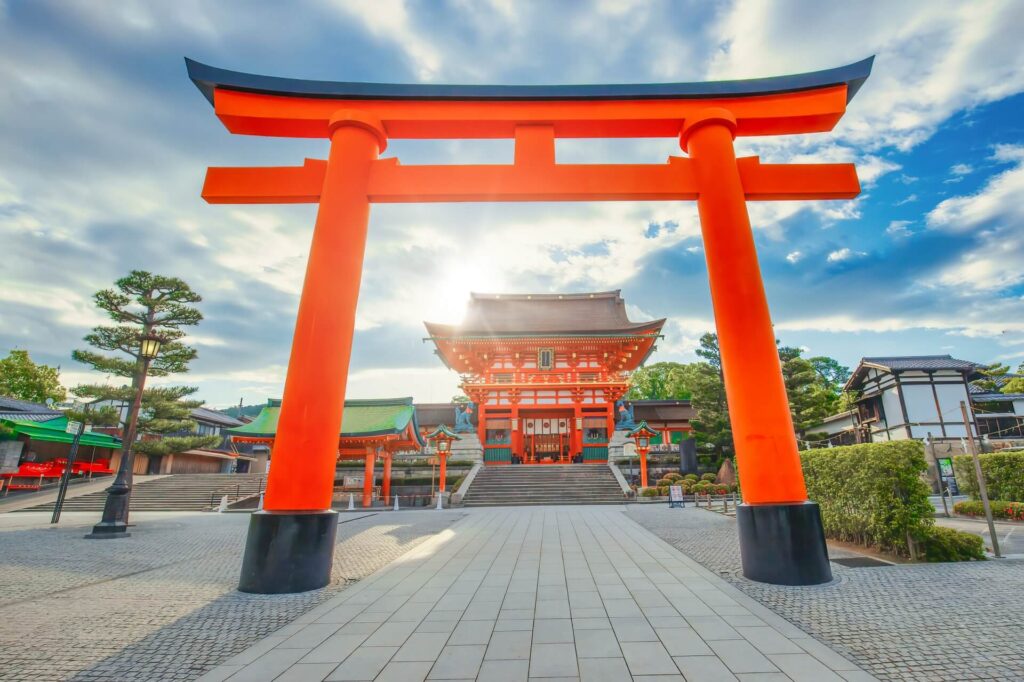 Kiyomizu-dera is an amazing UNESCO World Heritage site. This ancient temple, with its wooden stage offering panoramic views of Kyoto, is particularly stunning during cherry blossom and autumn foliage seasons. Stroll through the charming Higashiyama District, where traditional wooden machiya houses and quaint shops line the streets.
Kiyomizu-dera is an amazing UNESCO World Heritage site. This ancient temple, with its wooden stage offering panoramic views of Kyoto, is particularly stunning during cherry blossom and autumn foliage seasons. Stroll through the charming Higashiyama District, where traditional wooden machiya houses and quaint shops line the streets.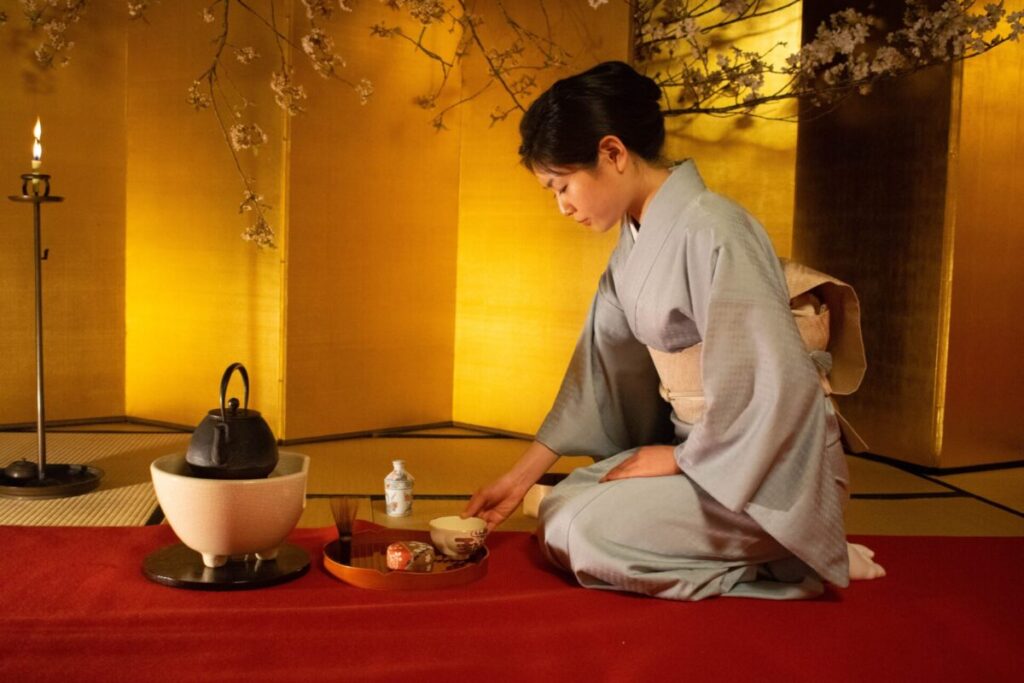 And for something a little different, why not dress up as a geisha? If you’d like to experience being a geisha for a few hours, several places in Kyoto offer “maiko henshin” (maiko transformation) services. A simple google search will bring up several businesses that offer this service. It is not something I have done personally, but I have been told that it is a lot of fun.
And for something a little different, why not dress up as a geisha? If you’d like to experience being a geisha for a few hours, several places in Kyoto offer “maiko henshin” (maiko transformation) services. A simple google search will bring up several businesses that offer this service. It is not something I have done personally, but I have been told that it is a lot of fun.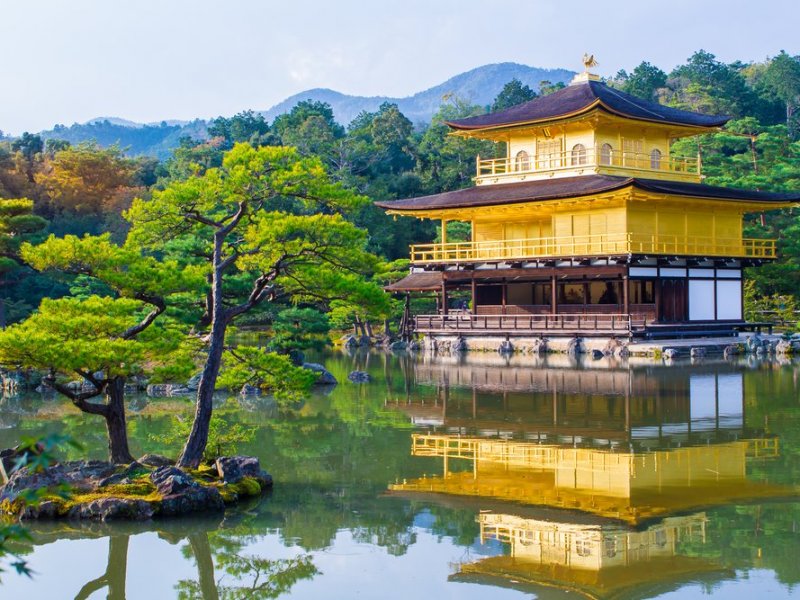
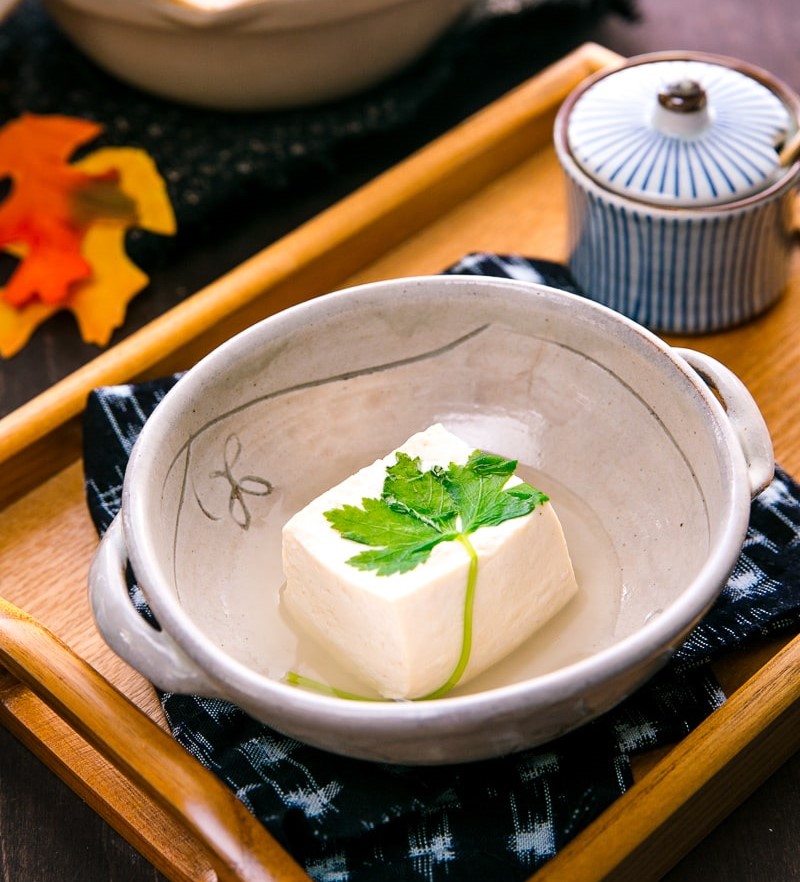
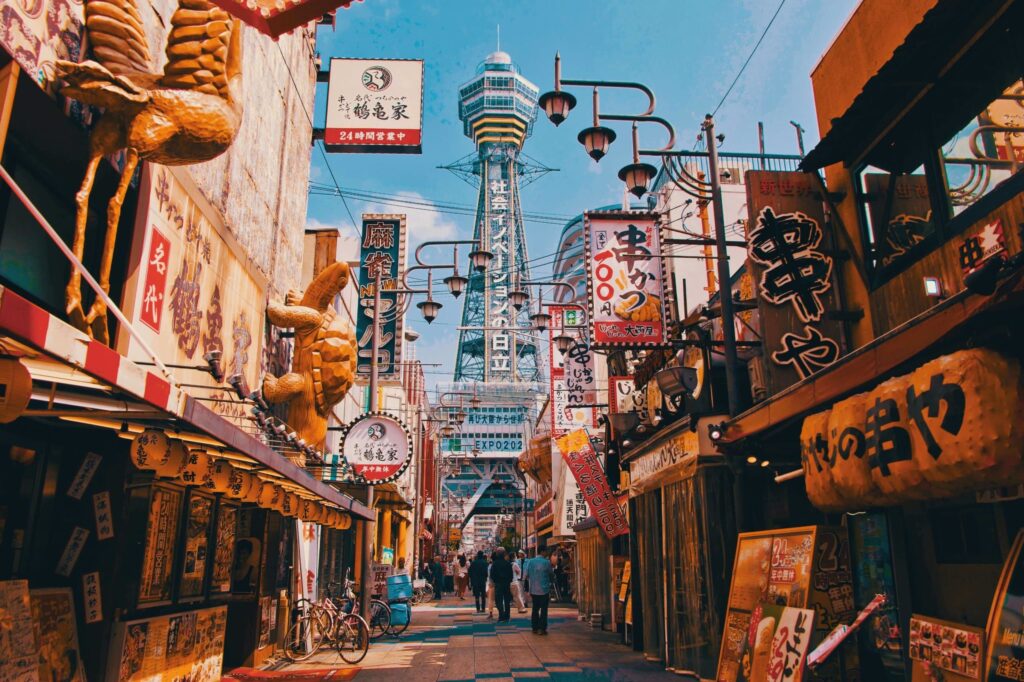
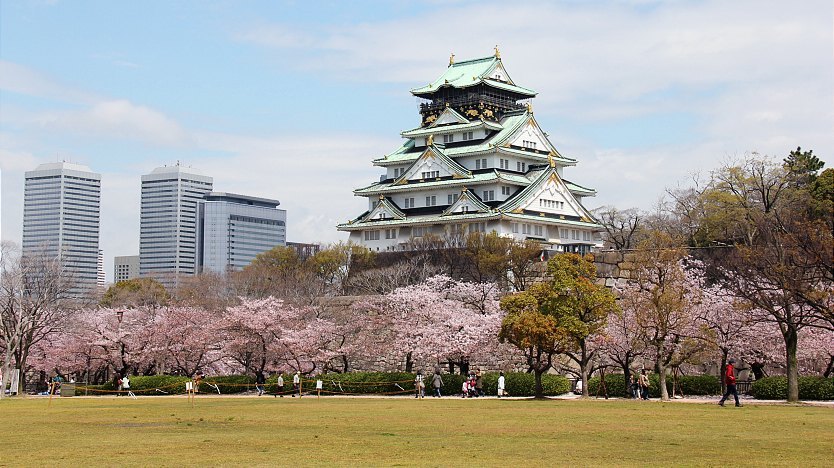
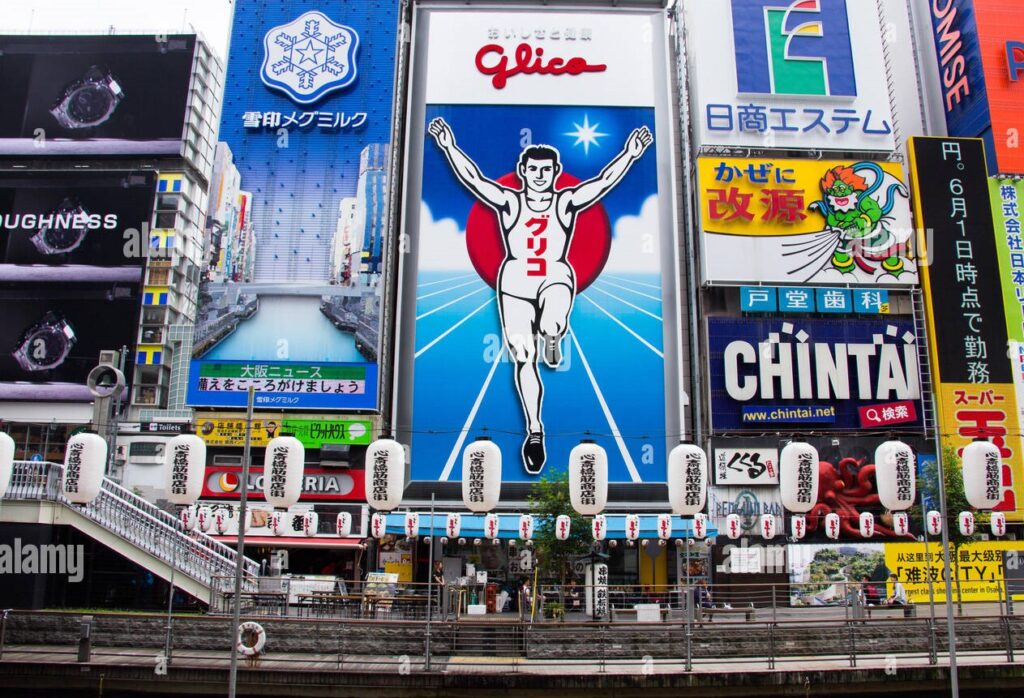
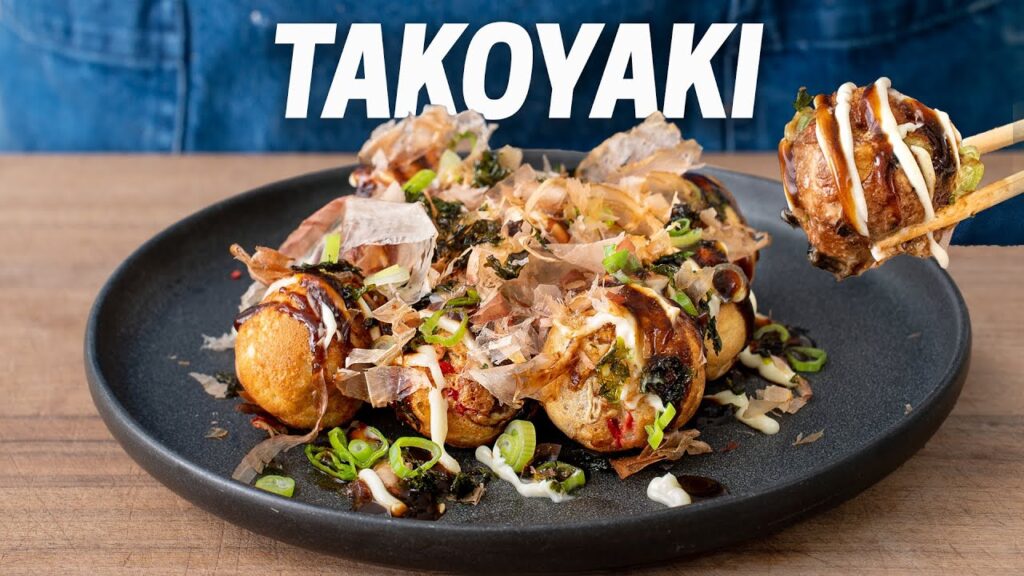
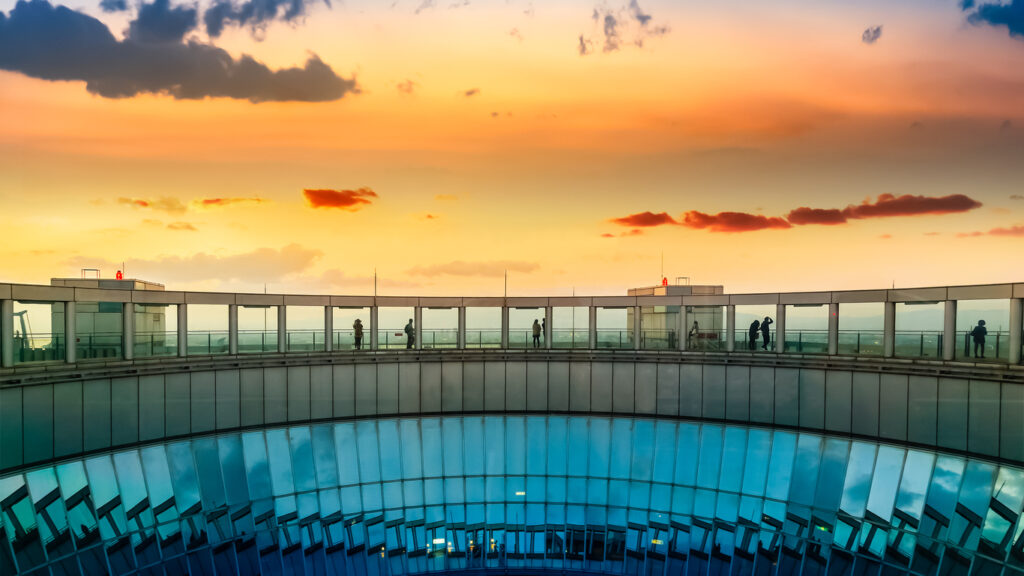
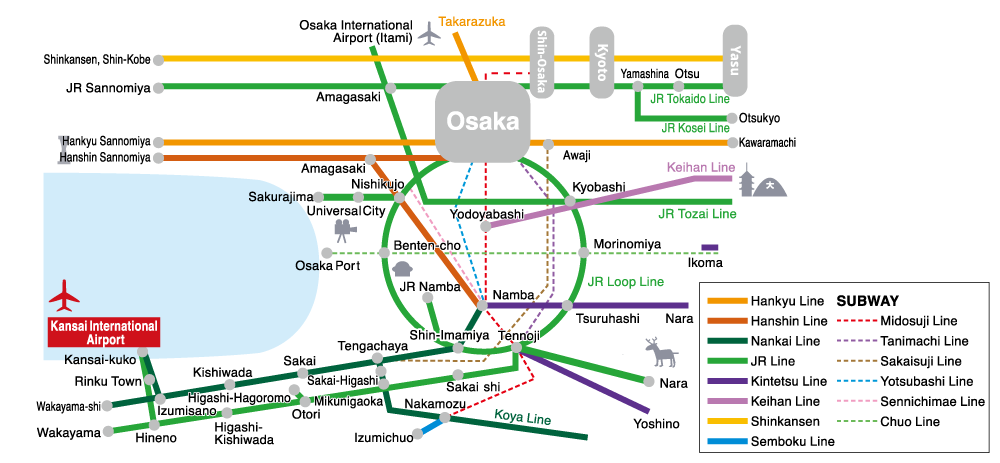
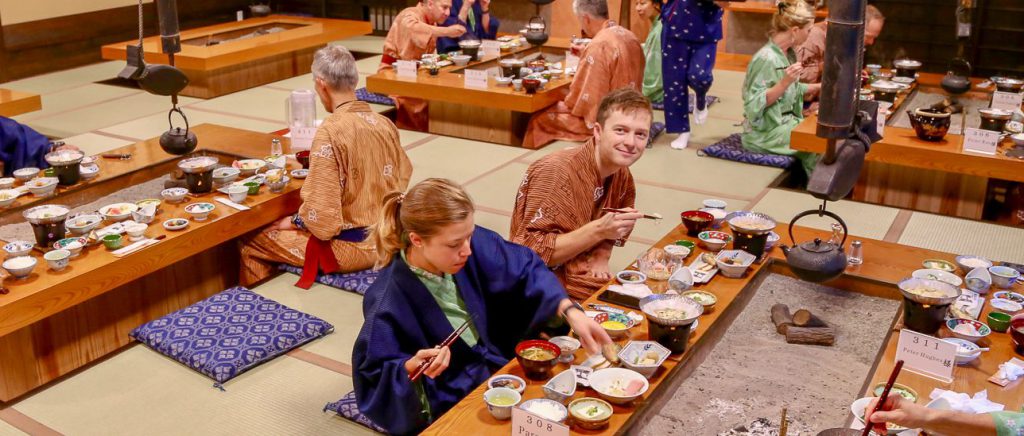
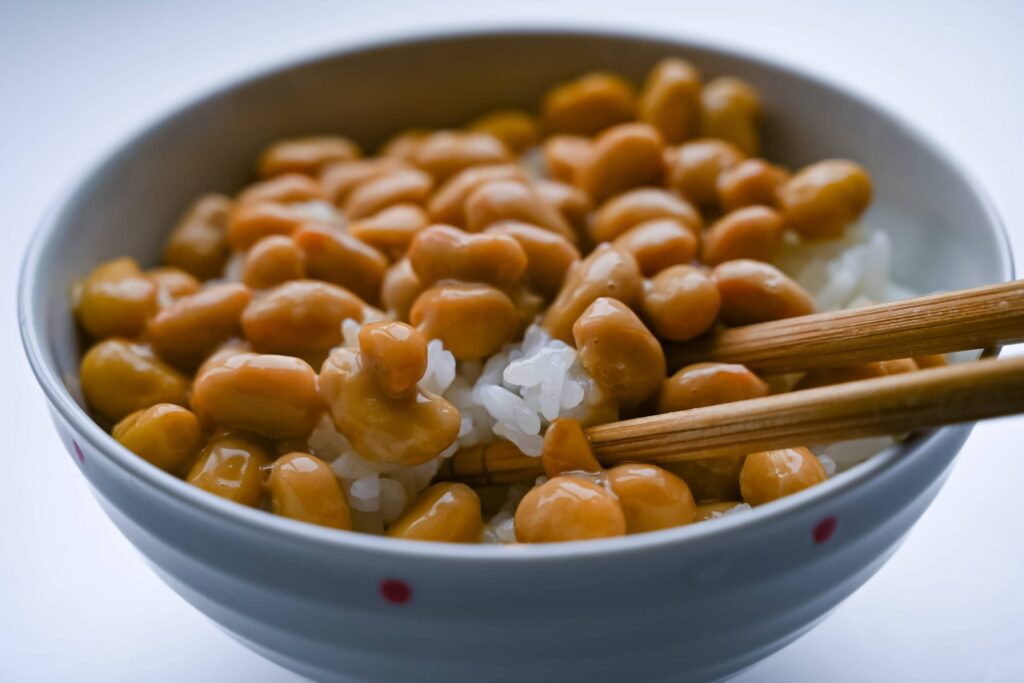
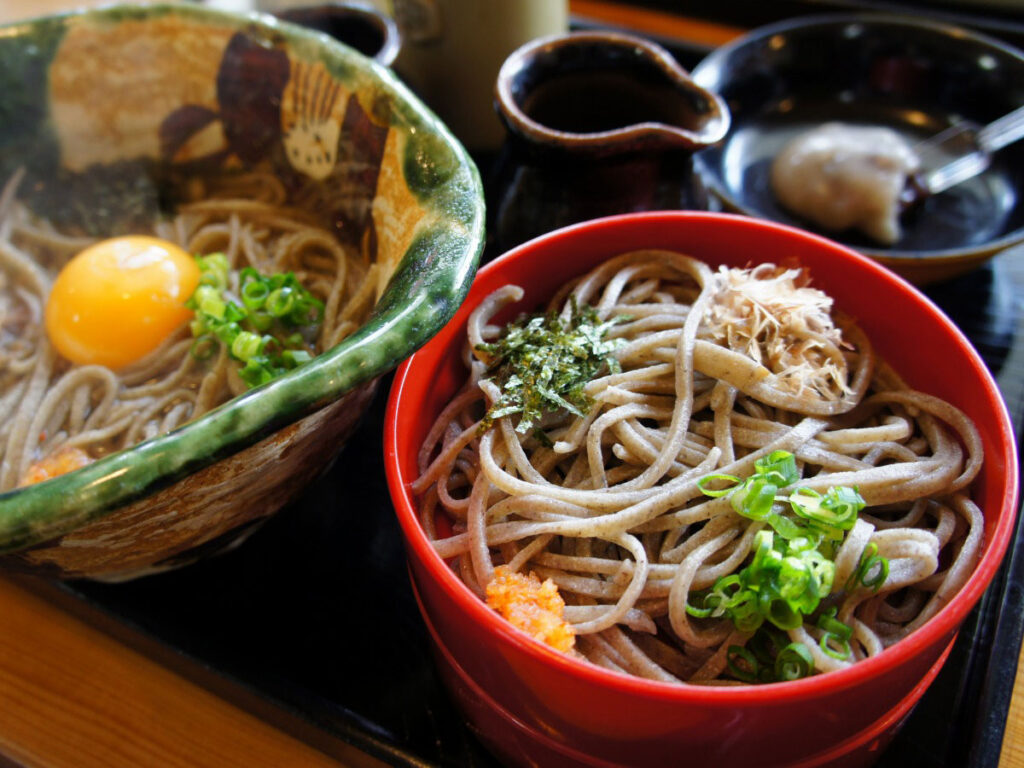 Dinnertime
Dinnertime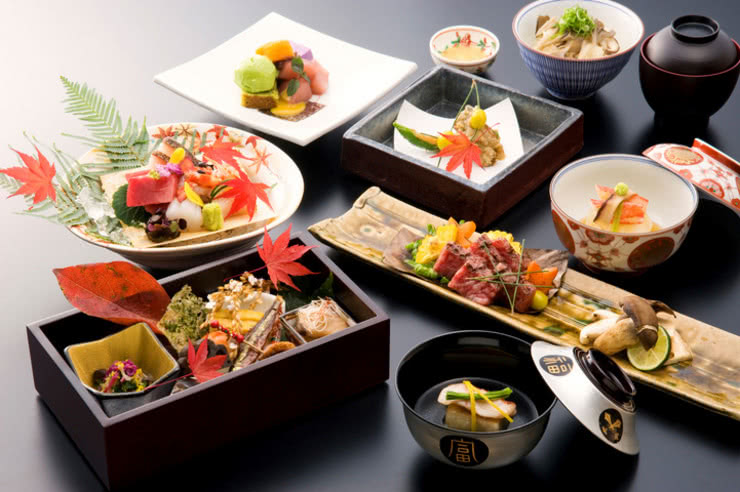
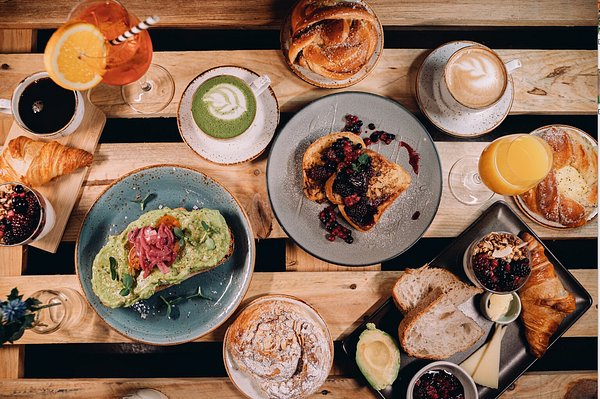
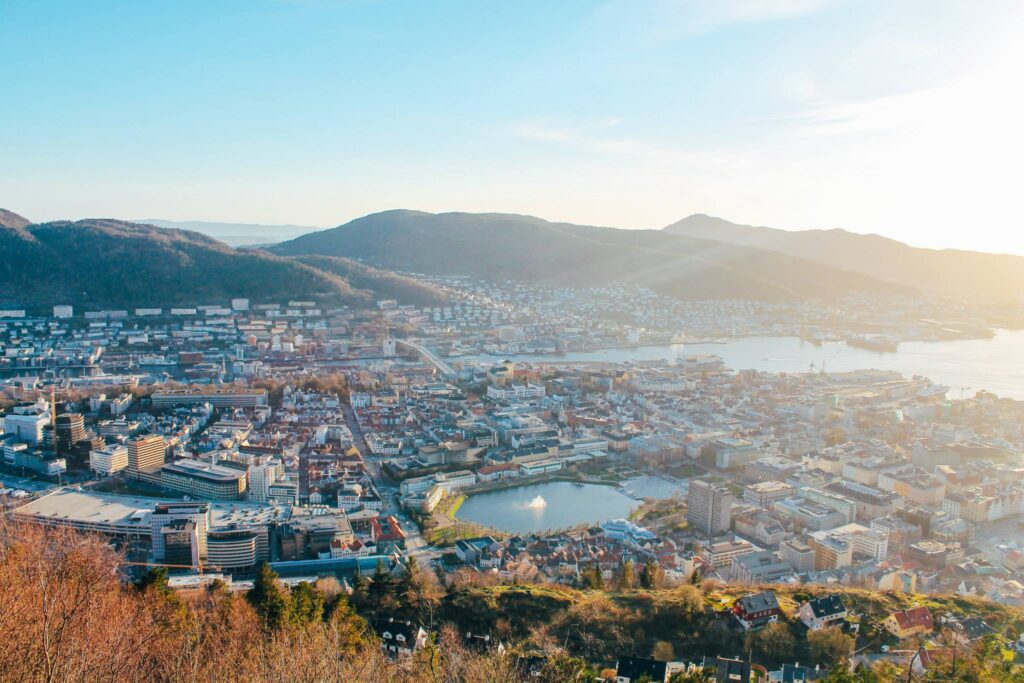 For lunch, savour traditional Norwegian cuisine at a waterfront restaurant or seafood market. Sample dishes like fish soup, Bergen fish cakes, or fresh seafood platters showcasing local catches from the North Sea.
For lunch, savour traditional Norwegian cuisine at a waterfront restaurant or seafood market. Sample dishes like fish soup, Bergen fish cakes, or fresh seafood platters showcasing local catches from the North Sea.